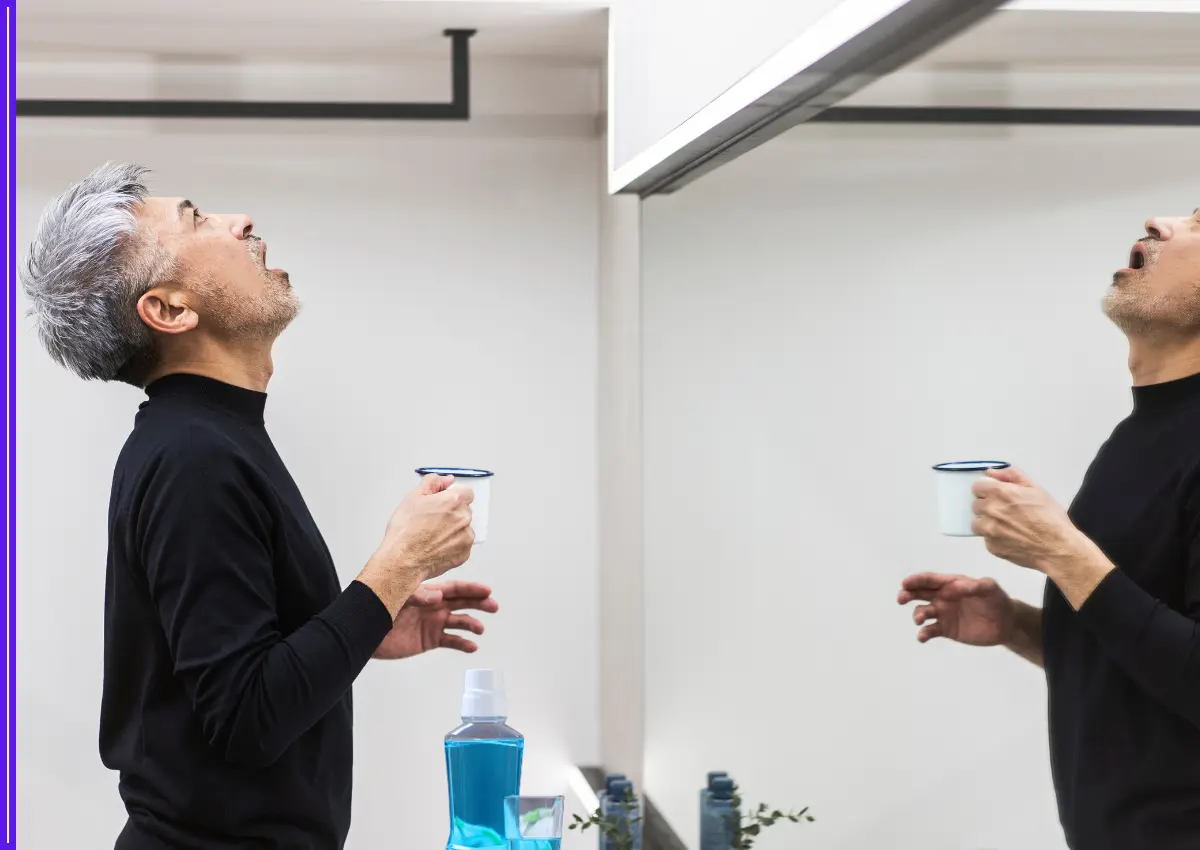In recent years, artificial intelligence (AI) has transformed healthcare—enhancing diagnostics, personalizing treatments, streamlining administrative tasks, and even predicting disease outbreaks. However, the question that continues to echo across clinics, conferences, and boardrooms is: How safe is AI in healthcare? The honest answer is, it depends—not just on the algorithms, but on the humans who design, deploy, and use them.

Safe AI Is in Healthcare Depends on the Humans Behind It
AI Is Only as Good as the People Behind It
At its core, AI in healthcare is a tool—powerful, evolving, and potentially lifesaving. But like any tool, its safety and effectiveness rely on how it’s used. A scalpel can save a life in a surgeon’s hand or take one in the wrong context. Similarly, AI can detect cancer early or misdiagnose if trained improperly. The human role in AI safety spans every phase:
- Developers & Engineers must ensure that the datasets are diverse, accurate, and representative. Biases in data can lead to deadly disparities in care.
- Healthcare Professionals must be trained not just to use AI, but to understand its limitations. Blind trust in an AI-generated result is just as dangerous as ignoring one.
- Regulators & Policymakers need to set clear standards for testing, approval, and accountability in AI-driven medical devices and software.
- Patients must be educated about their rights and how AI impacts their care, to ensure informed consent and transparency.
When AI Goes Wrong: A Human Accountability Issue
There have already been real-world examples where AI systems in healthcare have faltered. Some diagnostic tools have misread scans due to biased training data; others have failed to generalize outside of their training environment. But in nearly every case, the failure was not just technological—it was human.
- Data scientists didn’t include enough variation in their training sets.
- Hospitals implemented systems without proper clinician training.
- Oversight was lax or inconsistent.
These incidents remind us that AI safety isn’t a matter of technology alone—it’s a matter of ethics, training, and responsibility.
Collaboration Is the Key to Safe AI
For AI to truly be safe and effective in healthcare, collaboration is essential. Engineers must work closely with clinicians. Ethicists must be part of the design process. Regulators must stay updated with rapid technological changes. And feedback from frontline health workers and patients must be integrated regularly.
In essence, AI must not replace human judgment but augment it—giving doctors smarter tools, not removing the decision-making process from their hands.
Conclusion: The Human Factor Will Always Matter
As AI becomes more embedded in our healthcare systems, one truth becomes clear: its safety and success will always depend on the humans involved. While the technology may evolve rapidly, our responsibility to use it wisely, equitably, and ethically remains constant. AI in healthcare holds immense promise—but fulfilling that promise starts and ends with people.









